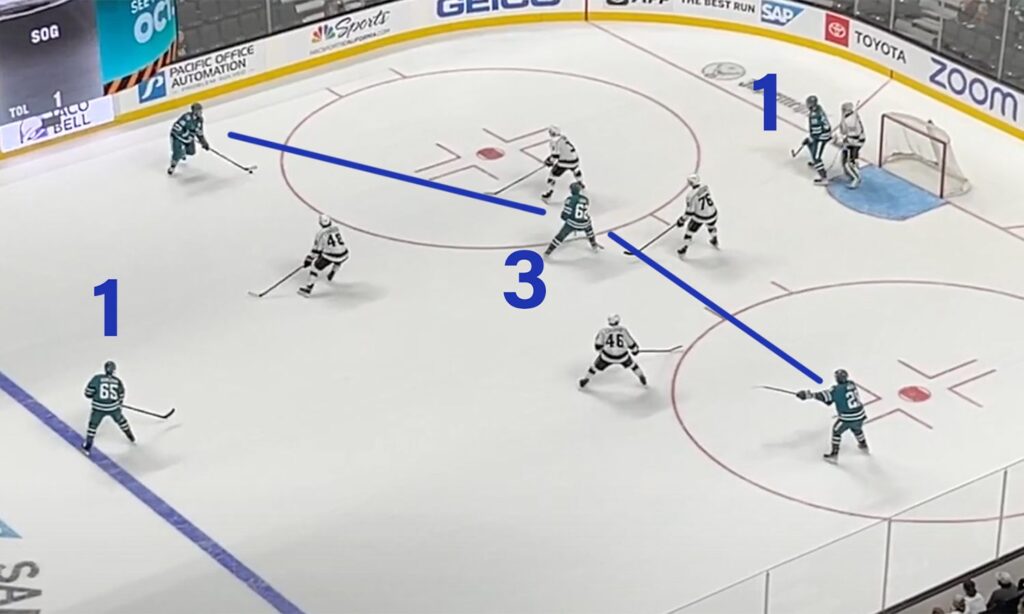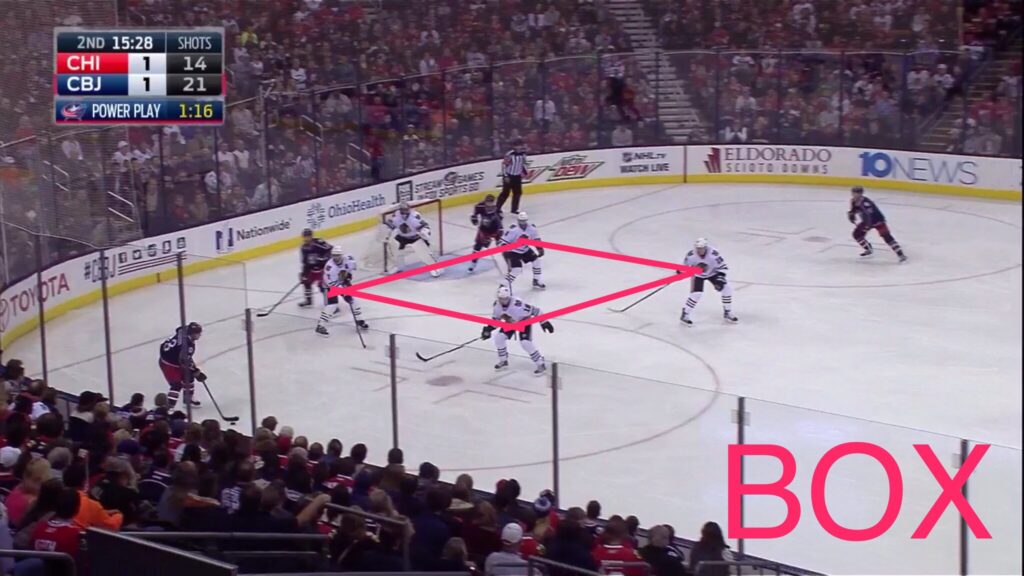A power play is one of the most exciting and decisive moments in ice hockey. It happens when one team gains a numerical advantage because a player from the opposing side has been sent to the penalty box. For the next few minutes, the attacking side has extra ice space, sharper passing lanes, and a much greater chance to score. Power plays often shift momentum in tight matches, especially when used with precision and quick puck movement. In British hockey, fans know that a well-executed power play can completely change the tempo of the game and decide who takes control of the scoreboard.

Power Play Rules and Duration
A power play occurs when one team skates with more players on the ice due to an opponent serving a penalty. The most common situation is five skaters against four, known as a one-man advantage. Less frequently, teams face a five-on-three scenario, which gives the attacking side a significant edge in puck control and shooting opportunities.
There are two main types of penalties:
• Minor penalties – usually last two minutes. The penalised player sits in the box, and if the opposing team scores during this time, the penalty ends immediately.
• Major penalties – last five minutes and do not end after a goal is scored. These are typically given for more serious infractions, such as fighting or dangerous hits.
If the short-handed team manages to score while defending a power play, it’s called a short-handed goal, and the penalty concludes instantly for a minor offense. For major penalties, the power play continues regardless of scoring.
Managing the power play effectively often separates top sides from the rest. Strong passing, disciplined positioning, and quick shots from the point are crucial. Even a single mistake during this period can lead to a costly turnover or a surprise counterattack.
Power Play Conversion Statistics
Across professional hockey, the efficiency of a power play is one of the key indicators of offensive strength. In the NHL, the average conversion rate sits around 20%, meaning roughly one goal for every five power plays. Elite sides such as the Edmonton Oilers consistently lead the charts, often operating between 25% and 28%, thanks to exceptional puck movement and precise finishing. On the other end, struggling teams usually hover near 15%, often due to poor zone entries and limited shooting accuracy.
In the EIHL, conversion rates tend to be slightly higher — typically 22% to 25%. This difference largely stems from the lower average goaltending level compared to the NHL. As a result, teams that capitalise on clean setups and quick passes tend to dominate. Over a full season, maintaining a strong power play percentage can make a decisive difference in league standings and playoff qualification.
Special Teams Strategies
Special teams play often determines who controls momentum. A well-organised power play or a disciplined penalty kill can turn even the closest game. Coaches spend hours perfecting structure, timing, and chemistry between players to gain that extra edge when the ice opens up.
Common Power Play Formations
Power play formations are built around puck movement, shooting lanes, and positioning. The goal is to stretch the penalty killers, open space, and find the best angle for a quick release.
1. Umbrella (1-3-1) – A defenceman runs play from the blue line, supported by three players spread across the middle and one screening the goaltender. This shape encourages sharp passing and dangerous one-timers from the circles.
2. Overload – Focuses play on one side of the zone to pull defenders out of position. When executed properly, it opens the far side for cross-ice passes or low-slot finishes.
Most clubs use two power play units — the first packed with top scorers and puck-handlers, the second designed to maintain pace and pressure. Winning the face-off at the start of a power play is critical; losing possession can waste half a minute before re-entry. Quick puck recovery and continuous off-the-puck movement are essential for creating shooting chances.
Penalty Kill Systems
On the penalty kill, sides typically rely on a box formation to protect the slot or an aggressive press to disrupt passing lanes. The best units stay compact but time their pressure well, forcing hurried plays and clearing rebounds fast. Communication, stick positioning, and anticipation are key — one mistake often ends up in the back of the net.

Power Play Impact on Betting
From a betting perspective, a power play can shift odds in seconds. When a team gains the man advantage, live moneyline odds typically drop by 20-30%, reflecting the higher likelihood of scoring. The total goals (over) market also becomes more attractive, especially when a side known for a strong power play takes control.
Experienced bettors often anticipate these moments, waiting for penalties to create value opportunities. Teams with elite power play records are viewed as high-risk opponents during live markets, while those with resilient penalty-killing units can soften the betting impact.
Understanding how special teams perform under pressure provides a tactical edge. A strong power play doesn’t just change the scoreboard – it also influences how bookmakers and bettors read the flow of the game in real time.
